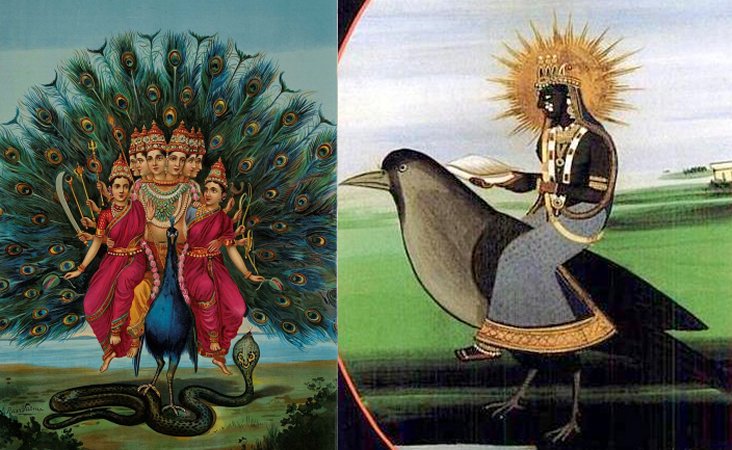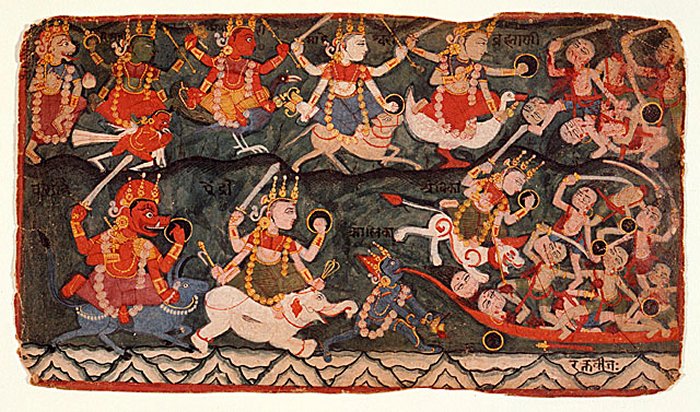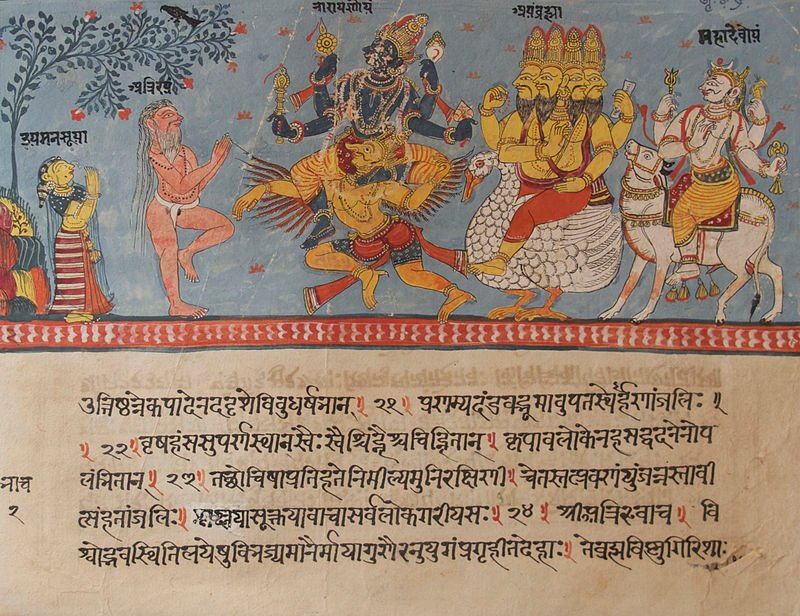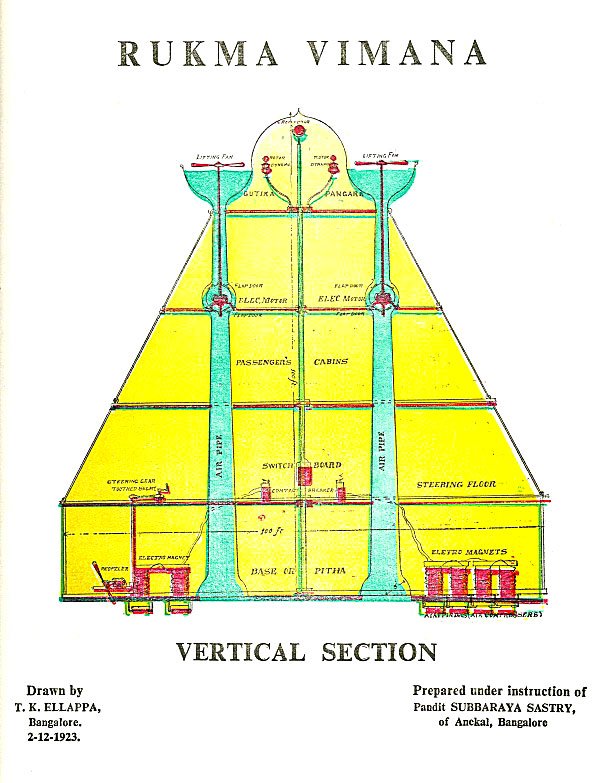Vahanas – Sacred Animal Vehicles Of Hindu Gods And Goddesses
Ellen Lloyd - AncientPages.com - The Vahanas are incredible animal vehicles of the Hindu gods and goddesses.
From Hindu mythology, we learn that each deity has an animal vehicle, a Vahana that they use to travel from one world to another. The Vahanas are similar to modern-day vehicles and suitable for travel by air, land, water, or even interstellar travel. Still, they should not be confused with the Vimanas, ancient flying machines in Vedic literature.
The Vahanas Are Divine Carriers And Must Be Respected
The literal meaning of the word ‘Vahana’ is ‘that which carries, that which pulls’, ( Sanskrit: “mount” or “vehicle”). Animal images and symbols are very common in the Rig Veda. In ancient Vedic literature, there are references to the cow, bull, horse, eagle, and many other animals. The deities have their respective animal or mount that are used to travel long or short distances and these are animals are the Vahanas.
Left: Peacock - Kartikeya (peacock named Parvani, pictured), Kaumari. Credit: Public Domain - Right: Crow - Shani (planet Saturn in vedic astrology), Alakshmi, Dhumavati (pictured). Credit: Public Domain
The Sun God, Surya, mounts on a golden chariot, pulled by seven white horses. Brahma, the God of creation, travels all over outer space on a swan. Agni, the Fire God, rides upon a ram, and so on.
The Vahanas are sacred and must be respected. Each vehicle is very different and of divine nature, because it is forever in contact with the gods and goddesses it serves.
Vahanas Are Vehicles With Deep Spiritual Significance
According to Hindu mythology deities possess the ability to be in any part of the Universe in an instant. If Gods are omniscient and omnipresent, why do they need vehicles to transport themselves from one place to another?
All Hindu deities had a Vahana. The eight Matrikas riding different Vahanas like (top row, second from left to right) Garuda, a peacock, Nandi bull, a hamsa (goose/swan); (bottom row, from left) buffalo, elephant, and lion. Image credit: Wikipedia
To answer this question, we must understand the purpose of the Vahanas. The vehicles have symbolic meaning and represent the status and strength of the deities. For example, Indra the Storm God, carries thunderbolts as his weapons and is also a bringer of rains. Indra's Vahana is a great white elephant called Airavata that is often depicted with four tusks. Indra’s Airavata gives strength to Indra’s status as a fearsome and powerful warrior. God Indra is also often depicted riding Uchchaihshravas, a seven-headed flying white horse, similar to Sleipnir, the horse of Norse God Odin.
The Vahanas participate in the wars of the gods and goddesses and they also have a role and purpose in creation. They help the deities to uphold Dharma by performing several obligatory and secondary duties. Sometimes the Vahanas engage in their own battles against each other.
A Bhagavata Purana manuscript page depicting the story of Atri and Anasuya meeting the Trimurti riding on their respective Vahanas. Image credit: Wikipedia
They are considered to be of divine nature and they are worshipped. There are many statues of various Vahanas in Hindu temples and these beings are considered to be secondary deities.
Difference Between Vahanas And Vimanas
Vahanas should not be mixed up with Vimanas that are ancient flying machines described in many ancient texts like Yajurveda, Mahabharata, Samarangana Sutradhara, Rigveda, Ramayana, and even older ones.
Drawing of a vertical section of a Vimana described on Ramayana, one of the two great epics of Hinduism. Credit: T. K. Ellapa - CC BY-SA 3.0
Both the Vahanas and Vimanas are capable of traveling in the air, water, but the concept is different. Vimanas, of various shapes and sizes and with two or more engines, were sophisticated flying machines equipped with deadly weapons, and though they were used for ordinary travel and transports, their main purpose was warfare.
They flew with the “speed of the wind” and gave forth a “melodious sound”. Some Vimanas were saucer-shaped while others were cigar-shaped. The Vimanas – often described as shining flying cars, or celestial cars – were kept in a “Vimana Griha”, a type of hanger.
Vahanas could also be used for warfare, but they were regarded as divine carriers and symbols of the Hindu gods and goddesses.
Updated on June 29, 2022
Written by - Ellen Lloyd – AncientPages.com
Copyright © AncientPages.com All rights reserved. This material may not be published, broadcast, rewritten or redistributed in whole or part without the express written permission of AncientPages.com
Expand for referencesGanga Ram Garg - Encyclopaedia of the Hindu World
Dr. Steve Esomaba - The Book Of Life Knowledge And Confidence
More From Ancient Pages
-
 ‘Sophisticated’ 4,000-Year-Old Steppe Pyramid Discovered In Kazakhstan
Archaeology | Aug 12, 2023
‘Sophisticated’ 4,000-Year-Old Steppe Pyramid Discovered In Kazakhstan
Archaeology | Aug 12, 2023 -
 Humans Lived In The Qal-e Kord Caves 400,000 Years Ago – Oldest Settlement In Iran Found?
Archaeology | Aug 24, 2022
Humans Lived In The Qal-e Kord Caves 400,000 Years Ago – Oldest Settlement In Iran Found?
Archaeology | Aug 24, 2022 -
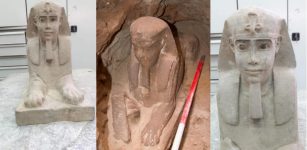 Sandstone Statue Of A Sphinx Discovered In Kom Ombo Temple
Archaeology | Sep 18, 2018
Sandstone Statue Of A Sphinx Discovered In Kom Ombo Temple
Archaeology | Sep 18, 2018 -
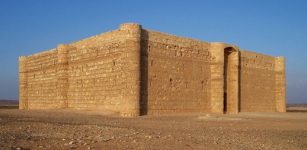 Strange Desert Castle Qasr Kharana In Jordan
Featured Stories | Oct 1, 2019
Strange Desert Castle Qasr Kharana In Jordan
Featured Stories | Oct 1, 2019 -
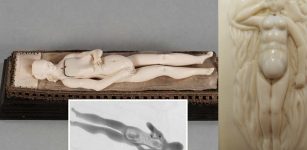 Secrets Of Ancient Ivory Manikins Revealed
Archaeology | Nov 28, 2019
Secrets Of Ancient Ivory Manikins Revealed
Archaeology | Nov 28, 2019 -
 4,000-Year-Old Babylonian Tablets Finally Deciphered, Revealing Dangerous Future Predictions
Archaeology | Aug 14, 2024
4,000-Year-Old Babylonian Tablets Finally Deciphered, Revealing Dangerous Future Predictions
Archaeology | Aug 14, 2024 -
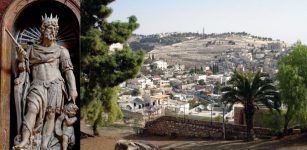 The City Of David – Why Is It So Controversial?
Biblical Mysteries | Jan 9, 2019
The City Of David – Why Is It So Controversial?
Biblical Mysteries | Jan 9, 2019 -
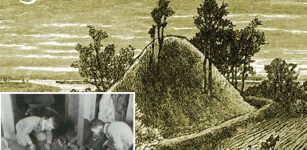 Spearhead Mound – Destroyed Burial Place Of Adena Giants?
Featured Stories | Jun 1, 2021
Spearhead Mound – Destroyed Burial Place Of Adena Giants?
Featured Stories | Jun 1, 2021 -
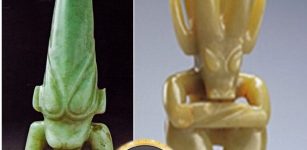 Ancient Hongshan Culture: Creators Of A Pyramid And Remarkable Artifacts That Are Still Shrouded In Mystery
Ancient Mysteries | Jun 20, 2015
Ancient Hongshan Culture: Creators Of A Pyramid And Remarkable Artifacts That Are Still Shrouded In Mystery
Ancient Mysteries | Jun 20, 2015 -
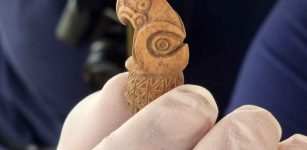 Rare 2,500-Year-Old Scythian Bone Sceptre Discovered In Bulgaria
Archaeology | Oct 3, 2023
Rare 2,500-Year-Old Scythian Bone Sceptre Discovered In Bulgaria
Archaeology | Oct 3, 2023 -
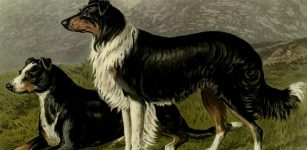 European Dogs Doubled In Size From 8,000 To 2,000 Years Ago – New Study Shows
Archaeology | Jun 3, 2022
European Dogs Doubled In Size From 8,000 To 2,000 Years Ago – New Study Shows
Archaeology | Jun 3, 2022 -
 Fin Folk – Mythical Amphibious Sea People On Orkney And Shetland
Featured Stories | Feb 22, 2016
Fin Folk – Mythical Amphibious Sea People On Orkney And Shetland
Featured Stories | Feb 22, 2016 -
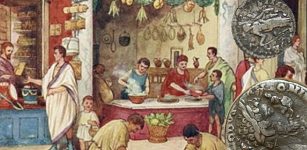 Thousands Of Roman Coins Found Across Europe Are Fake – Archaeologists Say
Archaeology | Jul 9, 2019
Thousands Of Roman Coins Found Across Europe Are Fake – Archaeologists Say
Archaeology | Jul 9, 2019 -
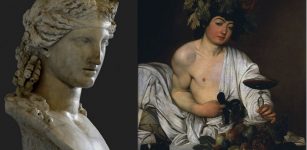 Dionysus – Greek God Of Wine, Music, Ritual Madness And Ecstasy Was Born Twice
Featured Stories | Jan 8, 2019
Dionysus – Greek God Of Wine, Music, Ritual Madness And Ecstasy Was Born Twice
Featured Stories | Jan 8, 2019 -
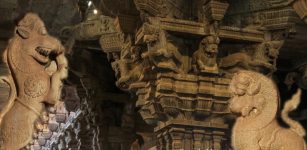 Yali – Divine Protector And Guardian Of Temples Warding Off Evil Forces In Hindu Mythology
Featured Stories | Nov 7, 2020
Yali – Divine Protector And Guardian Of Temples Warding Off Evil Forces In Hindu Mythology
Featured Stories | Nov 7, 2020 -
 10,000-Year-Old Adorned Female Infant Burial Discovered In European Cave
Archaeology | Dec 14, 2021
10,000-Year-Old Adorned Female Infant Burial Discovered In European Cave
Archaeology | Dec 14, 2021 -
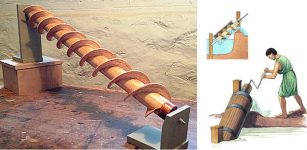 Archimedes’ Screw: Ancient Invention Used To Transfer Water To Higher Levels
Ancient History Facts | Aug 30, 2018
Archimedes’ Screw: Ancient Invention Used To Transfer Water To Higher Levels
Ancient History Facts | Aug 30, 2018 -
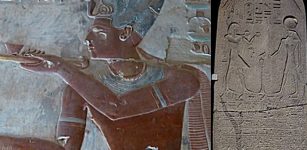 Egyptian King Seti I Documented His 3300-Year-Old Accomplishment On Triumphal Stele
Archaeology | Feb 27, 2023
Egyptian King Seti I Documented His 3300-Year-Old Accomplishment On Triumphal Stele
Archaeology | Feb 27, 2023 -
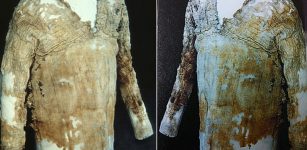 Tarkhan Dress – The World’s Oldest Woven Garment
Archaeology | Feb 24, 2016
Tarkhan Dress – The World’s Oldest Woven Garment
Archaeology | Feb 24, 2016 -
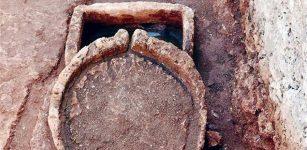 Oldest Olive Oil Press Facilities Owned By Mysterious Woman ‘Arete’ Unearthed In Antalya, Turkey
Archaeology | Apr 2, 2017
Oldest Olive Oil Press Facilities Owned By Mysterious Woman ‘Arete’ Unearthed In Antalya, Turkey
Archaeology | Apr 2, 2017

